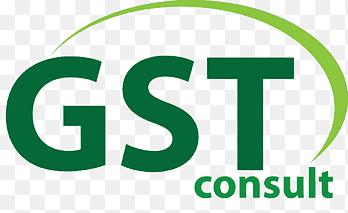he Goods and Services Tax (GST) system in India continues to evolve with changing business needs and regulatory improvements. As we move through 2025, several new changes and updates have been introduced by the GST Council to enhance compliance, streamline processes, and reduce fraud. Whether you’re a business owner, accountant, or tax professional, staying updated is crucial.
Here’s a detailed breakdown of the most important GST updates you should be aware of:
🔹 1. Changes in GST Return Filing Process
The government has further simplified the return filing structure:
- GSTR-1 and GSTR-3B linkage has been strengthened to reduce mismatches.
- Late filing penalties are now more strictly enforced.
- Taxpayers with turnover below ₹5 crore can continue to file quarterly returns, but must pay tax monthly.
FinTaxPro Tip: Always reconcile your GSTR-2B with purchase records before filing to avoid ITC mismatches.
🔹 2. Input Tax Credit (ITC) Restrictions
There is a renewed emphasis on blocking ineligible Input Tax Credit:
- Input Tax Credit can only be claimed if the invoice is uploaded by the supplier and reflects in GSTR-2B.
- Rule 37A (introduced recently) enforces timely payment to vendors. If payment is not made within 180 days, the ITC claimed must be reversed.
FinTaxPro Insight: Businesses must monitor vendor compliance to protect their ITC claims.
🔹 3. Aadhaar Authentication Made Mandatory
GST registration and amendments now require Aadhaar authentication for key authorized signatories. This is aimed at weeding out fake entities and improving the verification process.
“Aadhaar authentication is now essential for claiming GST refunds, filing returns, and updating registration details.”
🔹 4. E-Invoicing Expanded to Smaller Businesses
Effective April 1, 2025:
- E-invoicing is now mandatory for businesses with turnover above ₹5 crore (previously ₹10 crore).
- Failure to generate e-invoices can lead to denial of Input Tax Credit and legal penalties.
FinTaxPro Pro-Tip: Use cloud-based GST software that integrates with the Invoice Registration Portal (IRP) to automate compliance.
🔹 5. Penalties for Non-Compliance
The GST Council has tightened enforcement with higher penalties and audits:
- Fake invoicing cases will be met with strict legal action.
- Non-filers may face suspension or cancellation of GSTIN without notice.
- New provisions allow for automated suspension if returns are not filed for 6 months.
🔹 6. GST Amnesty Scheme (if applicable)
Occasionally, the government introduces an amnesty scheme for taxpayers with past defaults. If announced, this is a great opportunity to regularize past returns without heavy penalties.
Keep an eye on FinTaxPro updates for any new amnesty declarations.
✅ What Should Businesses Do Now?
- Ensure timely and accurate filing of GSTR-1, GSTR-3B, and GSTR-9.
- Track vendor compliance and reconcile your Input Tax Credit monthly.
- Use reliable GST software to avoid manual errors and stay compliant.
- Keep documents updated including Aadhaar, PAN, and bank details on the GST portal.
- Consult a tax professional regularly for proactive compliance.

📌 Final Words
GST compliance is no longer just about return filing—it’s about staying proactive, tech-enabled, and audit-ready. With the latest updates, businesses must adapt quickly to remain on the right side of the law.
At FinTaxPro, we provide expert GST advisory, filing, and reconciliation services to ensure your business stays 100% compliant—without the hassle.
Need help with GST updates?
📞 Contact us today for a free consultation.



One response
nice blog